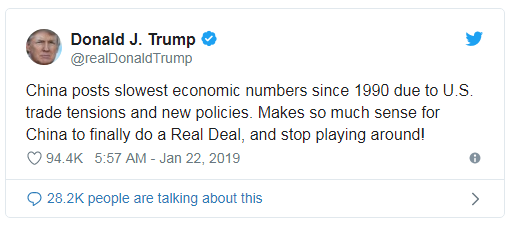Perforce Software to acquire Rogue Wave Software
Perforce Software, a developer of enterprise-grade DevOps-focused software solutions, is to acquire Rogue Wave Software, an independent provider of cross-platform software developer tools and embedded components.
The new combination of Perforce and Rogue Wave is intended to deliver a full suite of solutions that will not only improve developer productivity but support DevOps at scale. This is the sixth acquisition by Perforce in the last two years since embarking on an aggressive growth strategy to expand its portfolio across the technology development lifecycle.
Terms of the deal are not being disclosed, although the acquisition is expected to close in February of this year.
Rogue Wave provides solutions that help enterprises to optimise their software development and build, connect, and secure applications. The company has relationships with more than 5,600 customers across industries including financial services, technology, healthcare, government, entertainment, and manufacturing. Based in Louisville, Colorado, the company has 16 offices throughout the world.
“This transformational acquisition further expands our global footprint and broadens our offerings. Rogue Wave’s software suite strengthens Perforce’s existing static code analysis and automated test offerings, and also adds new capabilities in the areas of dynamic code analysis, API management, project visualization, developer productivity, and embedded analytics,” said Mark Ties, Perforce CEO.
Perforce continues to build out its DevOps-focused software portfolio that looks to meet the needs of technology development teams that are challenged with multiple dimensions of scale but still must deliver products securely at a rapid pace.
"Software development is growing increasingly complex, driving the need for platforms and solutions that can help enterprises simplify their applications and shorten cycle times. With continuously evolving customer demands, it has never been more important for enterprises to deliver high-quality products and solutions quickly," said Brian Pierce, Rogue Wave CEO.
在线留言询价

Pushing the boundaries of semiconductors
- 一周热料
- 紧缺物料秒杀
| 型号 | 品牌 | 询价 |
|---|---|---|
| BD71847AMWV-E2 | ROHM Semiconductor | |
| MC33074DR2G | onsemi | |
| RB751G-40T2R | ROHM Semiconductor | |
| CDZVT2R20B | ROHM Semiconductor | |
| TL431ACLPR | Texas Instruments |
| 型号 | 品牌 | 抢购 |
|---|---|---|
| BU33JA2MNVX-CTL | ROHM Semiconductor | |
| TPS63050YFFR | Texas Instruments | |
| STM32F429IGT6 | STMicroelectronics | |
| ESR03EZPJ151 | ROHM Semiconductor | |
| IPZ40N04S5L4R8ATMA1 | Infineon Technologies | |
| BP3621 | ROHM Semiconductor |
- 周排行榜
- 月排行榜
AMEYA360公众号二维码
识别二维码,即可关注























